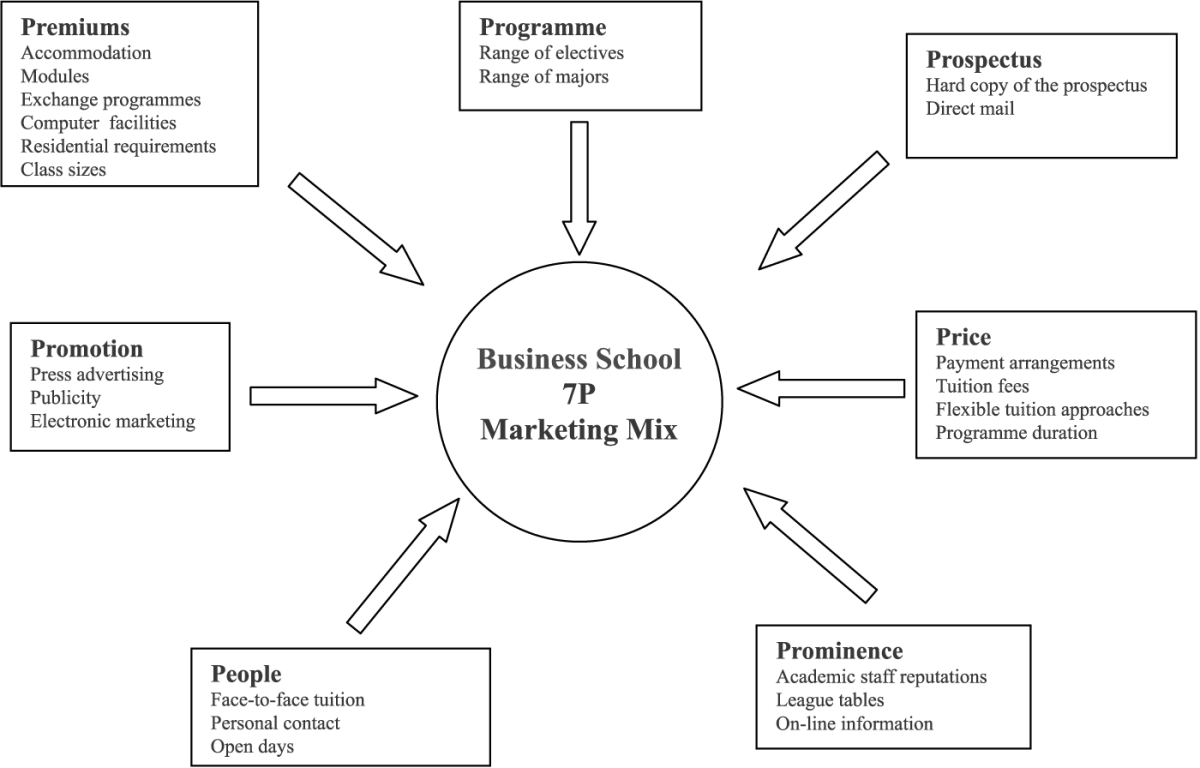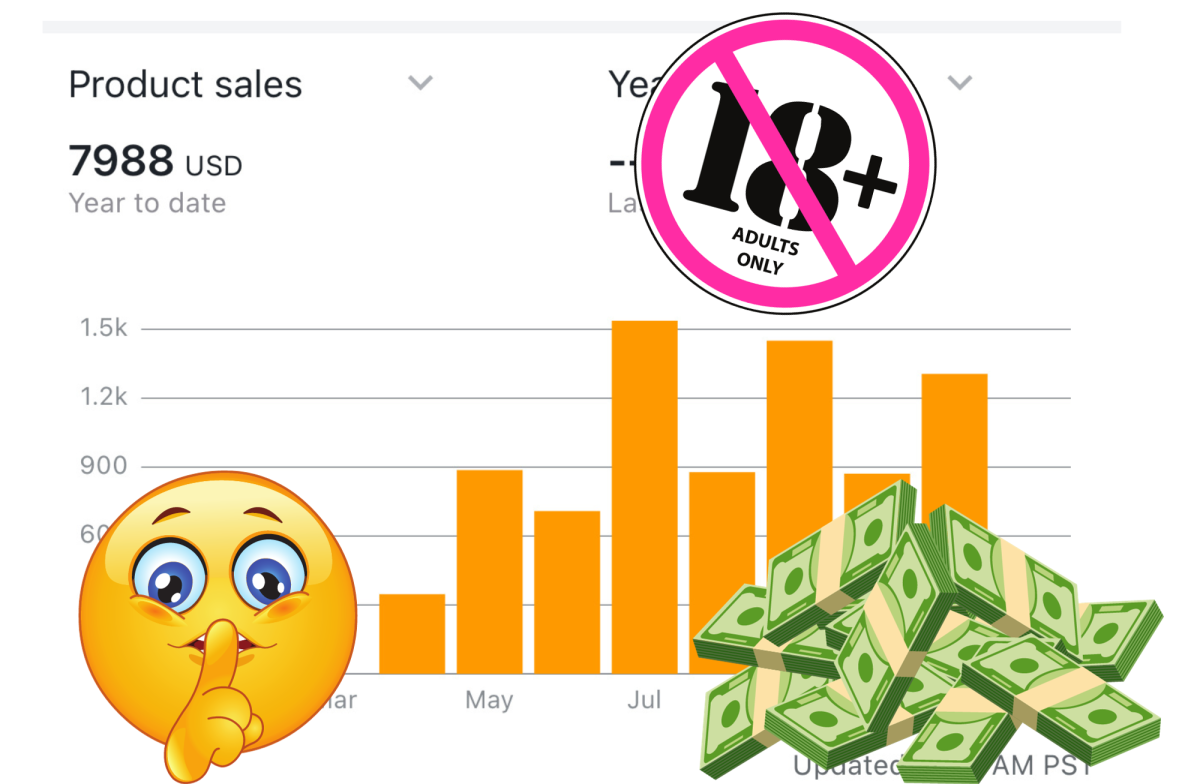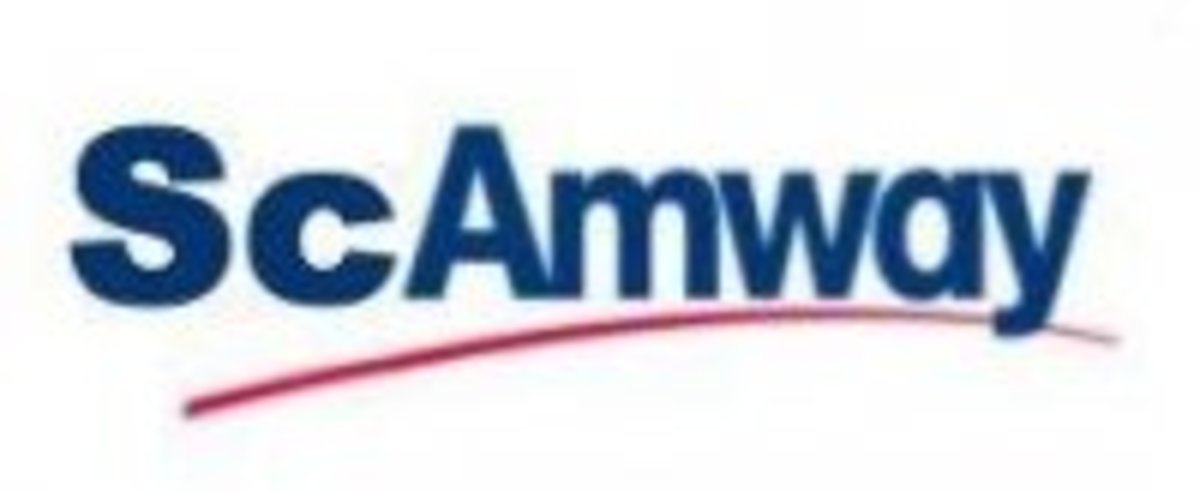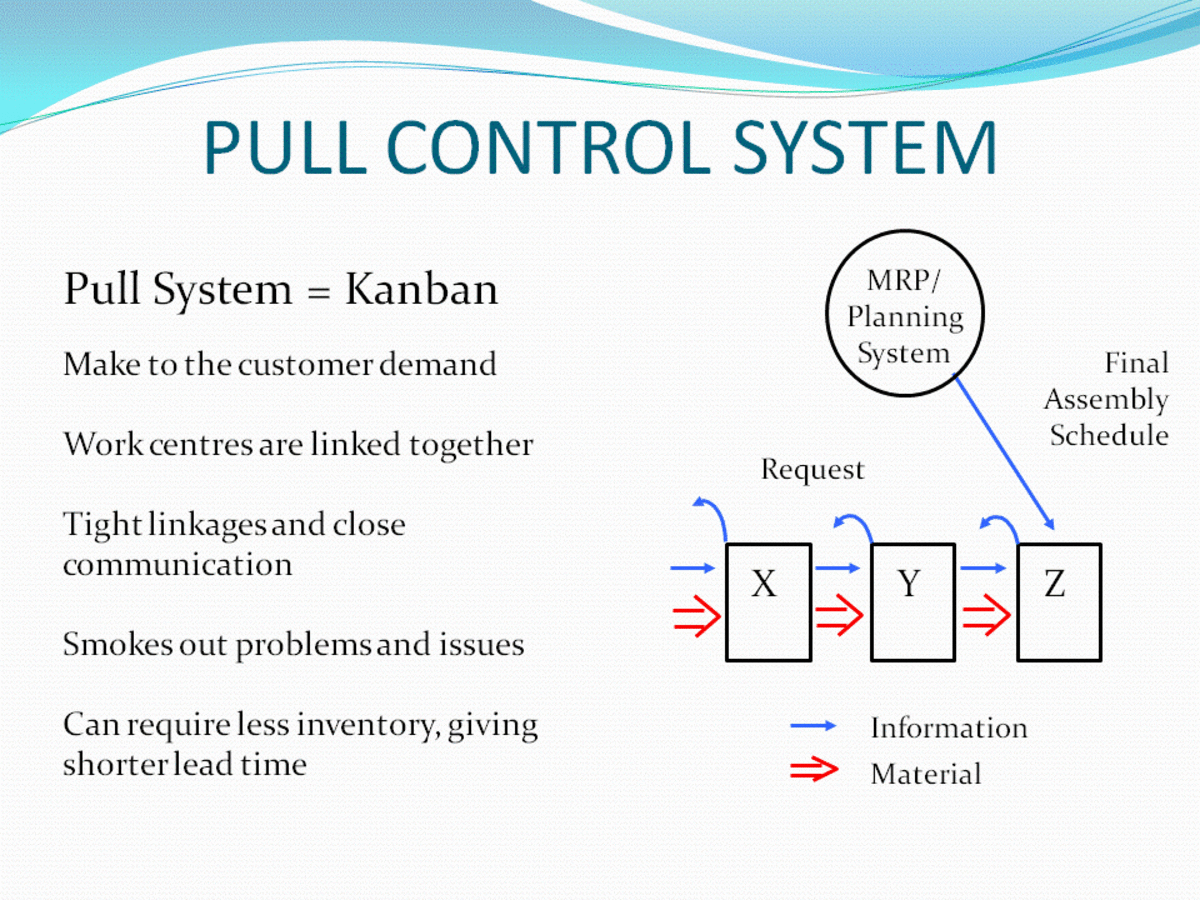Marketing Case Study: Dove's Campaign for Real Beauty
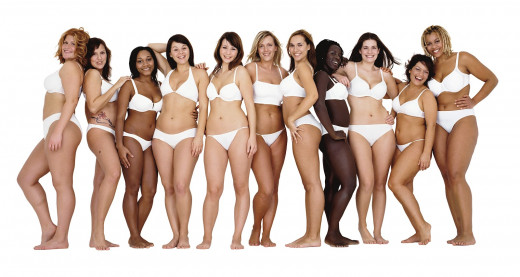
Unilever’s brand management
The American Marketing Association (AMA) defines a brand as “a name, term, design, symbol, or any other feature that identifies one seller’s good or service as distinct from those of other sellers.” Branding is also a way to build a good reputation and instill the ‘halo effect’ among target audience when a company markets their various products under the same brand name.
In the 1960s, Unilever was organized on a decentralized structure, meaning it had different brands for the same category operating in different markets around the world. As a result, there was a lack of coordination and dialogue between Unilever’s marketing department and the brands’ managements, especially when it came to research projects being carried out across the Atlantic. However, Unilever’s main disadvantage of this excessive decentralization was the managerial costs that resulted in a loss of profits, particularly in the overseas markets, in the 1970s. In 2000, Unilever were still lagging behind when compared to the progress of their competitive markets, and the only strategic solution was to cut down the number of brands from 1, 600 to 400, while also selecting a few of these brands as Masterbrands, each of these Masterbrands comprising a range of product forms.
Dove's marketing positioning
Dove’s marketing positioning in the 1950s focused on the functional benefit of its beauty bar; the fact that unlike ordinary soup, the beauty bar does not dry your skin. The adverts communicated the product’s unique selling proposition by focusing on the moisturizing cream that is added in the soap to prevent dry skin. The fact that Dove refused to call its product ‘a soap’ shows that they wanted to create a distinct image for their product.
In 2007, Dove launched a new product, the Dove Cream Oil Body Wash. Its positioning was focused on the target audience’s point of view, and the competition was a good and cheap way of carrying out market research. Thus Dove was providing their target audience with an incentive when buying the product, and at the same time Dove could also gather valuable information about consumers’ attitudes towards the Dove products. The positioning was in fact centred on the consumers’ needs, expectations and points of view, rather than the benefits and features of the product.
The future for Dove
Honesty has always been the key aspect of all of the marketing campaigns created by Unilever – beginning with the adamant refusal to refer to their ‘cleansing-bar’ as ‘soap’. The average consumer will not know the difference, or care about the difference, between the Dove Cleansing-Bar and conventional soap. However, Unilever tried to ensure that any possible ambiguity was due to consumer interpretation and not to their advertising campaigns.
The success of their cleansing-bar put Dove into the forefront of the market, sparking the sales of other products such as deodorants, hair products, etc. However, Dove could no longer afford to focus on a single product in order to strengthen their position as the market leader.
With their policy of marketing honesty, Dove have never tried to mislead consumers into thinking that their products will make them beautiful, but rather help them to feel more beautiful than they already are. The ‘Campaign for Real Beauty’ was launched to support their statement, but presented a number of potential risks.
Dove has always preferred to use ‘real’ women for their adverts, as opposed to the stereotypical models with already perfect features, in attempt to keep the focus on ‘natural beauty’ and away from ‘we can make you beautiful’. The campaign used images of every-day women with every-day jobs (e.g. students and baristas) with the sizes ranging from (U.S.) size 4 to size 12. This creates the possibility of being labeled as the toiletries of ‘fat people’
It could be argued that this label could impact future sales for the company as many consumers will not want to be associated with this label. However, the intended impact was not to create a target audience completely separate from the rest of the toiletry market, but rather open a debate as to the definition of beauty in our society. Dove’s campaign allows women to either redefine or reaffirm the concept of natural beauty, as opposed to potentially ‘fake’ beauty.

